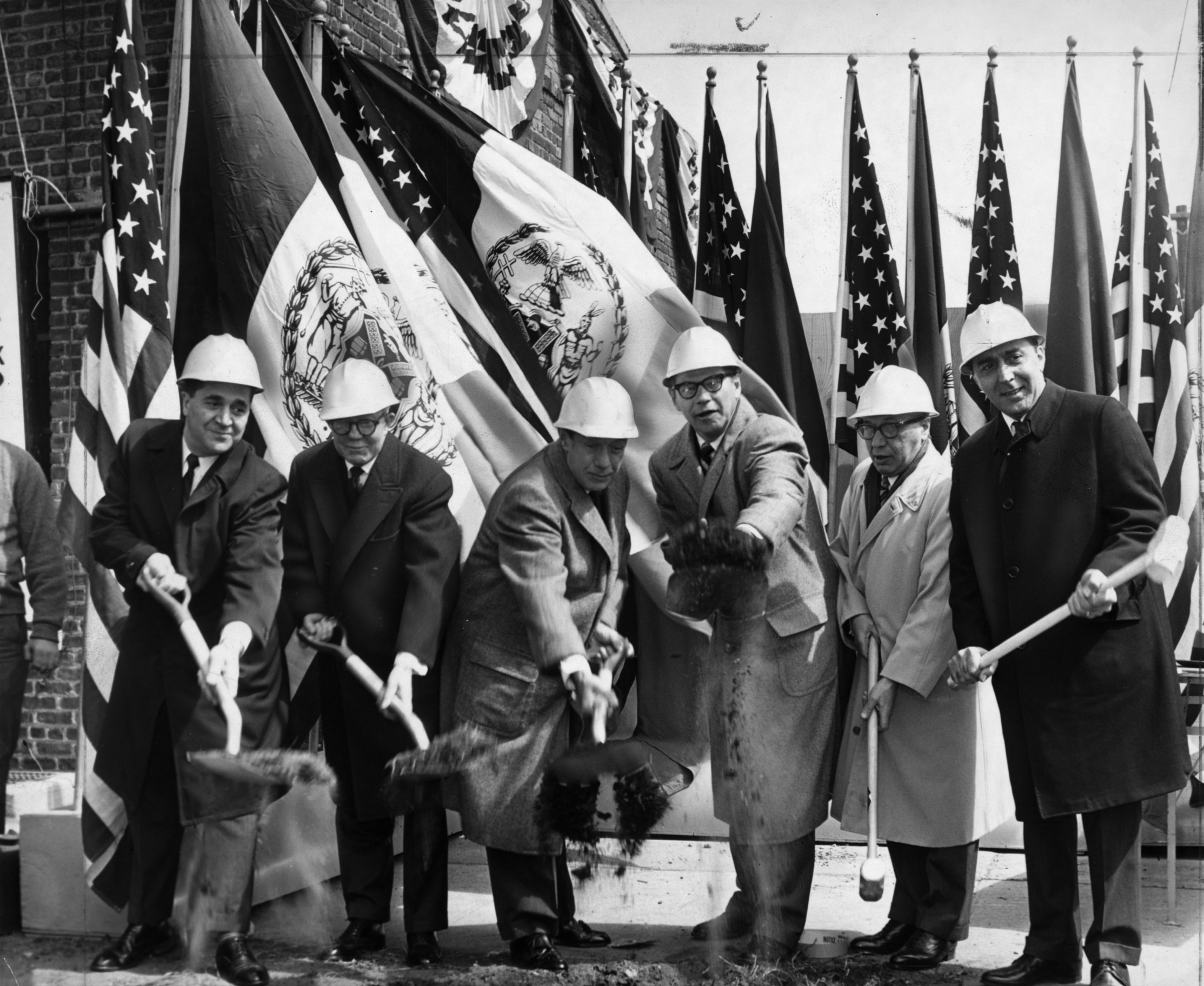|
Landsbókasafn Íslands
( Icelandic: ; English: ''The National and University Library of Iceland'') is the national library of Iceland which also functions as the university library of the University of Iceland. The library was established on 1 December 1994 in Reykjavík, Iceland, with the merger of the former national library, Landsbókasafn Íslands (est. 1818), and the university library (formally est. 1940). It is the largest library in Iceland with about one million items in various collections. The library's largest collection is the national collection containing almost all written works published in Iceland and items related to Iceland published elsewhere. The library is the main legal deposit library in Iceland. The library also has a large manuscript collection with mostly early modern and modern manuscripts, and a collection of published Icelandic music and other audio (legal deposit since 1977). The library houses the largest academic collection in Iceland, most of which can be borrowed fo ... [...More Info...] [...Related Items...] OR: [Wikipedia] [Google] [Baidu] |
National Library
A national library is a library established by a government as a country's preeminent repository of information. Unlike public library, public libraries, these rarely allow citizens to borrow books. Often, they include numerous rare, valuable, or significant works. A national library is that library which has the duty of collecting and preserving the literature of the nation within and outside the country. Thus, national libraries are those libraries whose community is the nation at large. Examples include the British Library in London, and the in Paris.Line, Maurice B.; Line, J. (2011). "Concluding notes". ''National libraries'', Aslib, pp. 317–318Lor, P. J.; Sonnekus, E. A. S. (2010)"Guidelines for Legislation for National Library Services", International Federation of Library Associations and Institutions, IFLA. Retrieved on 10 January 2010. There are wider definitions of a national library which put less emphasis on the repository character. National libraries are usual ... [...More Info...] [...Related Items...] OR: [Wikipedia] [Google] [Baidu] |
Icelandic Literary Society
The Icelandic Literary Society (), founded in 1816, is an organization dedicated to promoting and strengthening Icelandic language Icelandic ( ; , ) is a North Germanic languages, North Germanic language from the Indo-European languages, Indo-European language family spoken by about 314,000 people, the vast majority of whom live in Iceland, where it is the national languag ..., literature and learning. The society was founded in 1816, when the Icelandic independence movement was in its infancy, at the instigation of Rasmus Rask and Árni Helgason. Its stated purpose was "to support and maintain the Icelandic language and literature, and the civilization and honor of the Icelandic nation, by the publication of books or by other means as circumstances would permit."Halldór Hermannsson, ''The Periodical Literature of Iceland Down to the Year 1874,'' ''Islandica'' XI (1918)p. 26 The first meeting of the Copenhagen branch was held on 13 April 1816, and the first meeting of the Reykj ... [...More Info...] [...Related Items...] OR: [Wikipedia] [Google] [Baidu] |
Groundbreaking
Groundbreaking, also known as cutting, sod-cutting, turning the first sod, turf-cutting, or a sod-turning ceremony, is a traditional ceremony in many cultures that celebrates the first day of construction for a building or other project. Such ceremonies are often attended by dignitaries such as politicians and businesspeople. The shovel used during the groundbreaking is often a special ceremonial shovel, sometimes colored gold, meant to be saved for subsequent display and may be engraved. In other groundbreaking ceremonies, a bulldozer is used instead of a shovel to mark the first day of construction. In some groundbreaking ceremonies, the shovel and the bulldozer mark the first day of construction. In other places, this ceremony can be replaced by a "laying of the first stone" event. Meaning When used as an adjective, the term ''groundbreaking'' may mean being or making something that has never been done, seen, or made before, "stylistically innovative works". History Groun ... [...More Info...] [...Related Items...] OR: [Wikipedia] [Google] [Baidu] |
1973 Oil Crisis
In October 1973, the Organization of Arab Petroleum Exporting Countries (OAPEC) announced that it was implementing a total oil embargo against countries that had supported Israel at any point during the 1973 Yom Kippur War, which began after Egypt and Syria launched a large-scale surprise attack in an ultimately unsuccessful attempt to recover the territories that they had lost to Israel during the 1967 Six-Day War. In an effort that was led by Faisal of Saudi Arabia, the initial countries that OAPEC targeted were Canada, Japan, the Netherlands, the United Kingdom, and the United States. This list was later expanded to include Estado Novo (Portugal), Portugal, Rhodesia, and South Africa. In March 1974, OAPEC lifted the embargo, but the price of oil had risen by nearly 300%: from US to nearly US globally. Prices in the United States were significantly higher than the global average. After it was implemented, the embargo caused an oil crisis, or "shock", with many short- and long ... [...More Info...] [...Related Items...] OR: [Wikipedia] [Google] [Baidu] |
UNESCO
The United Nations Educational, Scientific and Cultural Organization (UNESCO ) is a List of specialized agencies of the United Nations, specialized agency of the United Nations (UN) with the aim of promoting world peace and International security, security through international cooperation in education, arts, sciences and culture. It has 194 Member states of UNESCO, member states and 12 associate members, as well as partners in the Non-governmental organization, non-governmental, Intergovernmental organization, intergovernmental and private sector. Headquartered in Paris, France, UNESCO has 53 regional field offices and 199 National Commissions for UNESCO, national commissions. UNESCO was founded in 1945 as the successor to the League of Nations' International Committee on Intellectual Cooperation.English summary). UNESCO's founding mission, which was shaped by the events of World War II, is to advance peace, sustainable development and human rights by facilitating collaboratio ... [...More Info...] [...Related Items...] OR: [Wikipedia] [Google] [Baidu] |
University Of Iceland Aðalbygging
The University of Iceland Main Building ( ) is the central building of the University of Iceland campus on Suðurgata in Reykjavík, Iceland. It was designed by Icelandic state architect Guðjón Samúelsson Guðjón Samúelsson (16 April 1887 – 25 April 1950) was a State Architect of Iceland, and the first Icelander to be educated in architecture. He has been described as one of Iceland's most influential architects. His notable designs include th ... and its construction was completed in 1940. Today, the building is one of the more noticeable landmarks in Reykjavík. The University of Iceland Main Building houses the university administration and partially houses the faculty of humanities. Buildings and structures in Reykjavík University of Iceland University and college buildings completed in 1940 {{Iceland-struct-stub ... [...More Info...] [...Related Items...] OR: [Wikipedia] [Google] [Baidu] |
Icelandic Natural History Museum
Icelandic refers to anything of, from, or related to Iceland and may refer to: *Icelandic people *Icelandic language *Icelandic orthography *Icelandic cuisine See also * Icelander (other) * Icelandic Airlines, a predecessor of Icelandair * Icelandic horse, a breed of domestic horse * Icelandic sheep, a breed of domestic sheep * Icelandic Sheepdog, a breed of domestic dog * Icelandic cattle, a breed of cattle * Icelandic chicken The Icelandic chicken is a type of chicken from Iceland. Called ''íslenska hænan'' (, Icelandic chicken), ''Haughænsni'' (, pile chicken) or ''landnámshænan'' (, hen of the settlers) in the Icelandic language. They are a landrace fowl which ..., a breed of chicken {{disambig Language and nationality disambiguation pages ... [...More Info...] [...Related Items...] OR: [Wikipedia] [Google] [Baidu] |
Icelandic National Archives
The National Archives of Iceland ( ) is the national archive of Iceland, located in Reykjavík. The National Archives, holding materials on Icelandic history from the era of the sagas in the 12th century to present, contributes greatly to historical research on the rights and role of Icelandic society. History Founded in April 1882 by the Danish appointed governor (landshøvding) of Iceland, Hilmar Finsen. The National Archives of Iceland (NAI) drew its material mainly from governmental archives. In the beginning, the Archives were located in the attic of the Reykjavík Cathedral, which was vacated when the National Library of Iceland and the National Museum of Iceland had been moved to the new Parliament Building ( Alþingishús). This move provided appropriate facilities to organize and preserve all of the archival materials acquired from various government departments. Since the move to the Cathedral loft, the Archives had three subsequent moves. First they joined the Nation ... [...More Info...] [...Related Items...] OR: [Wikipedia] [Google] [Baidu] |
Safnahúsið
Safnahúsið (, "the Culture House"), formerly Þjóðmenningarhúsið , is an exhibition space in Reykjavík, Iceland, which houses an exhibition, ''Points of View'', drawn from various national museums and other cultural institutions. It has been part of the National Museum of Iceland since 2013. The director is Markús Þór Andrésson. The building, Hverfisgata 15, was constructed to house the National Library and at one time also housed a number of other museums. Building Safnahúsið was constructed in 1906–08 to a design by the Danish architect Johannes Magdahl Nielsen, to house the National Library (now combined with the library of the University of Iceland to form the National and University Library of Iceland) and the National Archives. The façade is decorated with crests bearing the names of literary figures. It was originally to be built of dolerite, like the parliament house, and to have a copper roof, but this was judged to be too expensive so the building was ... [...More Info...] [...Related Items...] OR: [Wikipedia] [Google] [Baidu] |
Alþingi
The (; ), anglicised as Althingi or Althing, is the supreme national parliament of Iceland. It is the oldest surviving parliament in the world. The Althing was founded in 930 at (' thing fields' or 'assembly fields'), about east of what later became the country's capital, Reykjavík. After Iceland's union with Norway in 1262, the Althing lost its legislative power, which was not restored until 1904 when Iceland gained home rule from Denmark. For 641 years, the Althing did not serve as the parliament of Iceland; ultimate power rested with the Norwegian, and subsequently the Danish throne. Even after Iceland's union with Norway in 1262, the Althing still held its sessions at until 1800, when it was discontinued. It was restored in 1844 by royal decree and moved to Reykjavík. The restored unicameral legislature first came together in 1845 and after 1874 operated in two chambers with an additional third chamber taking on a greater role as the decades passed until 1991 when A ... [...More Info...] [...Related Items...] OR: [Wikipedia] [Google] [Baidu] |
Settlement Of Iceland
The settlement of Iceland ( ) is generally believed to have begun in the second half of the ninth century, when Norsemen, Norse settlers migrated across the North Atlantic. The reasons for the migration are uncertain: later in the Middle Ages Icelanders themselves tended to cite civil strife brought about by the ambitions of the Norway, Norwegian king Harald I of Norway, but modern historians focus on deeper factors, such as a shortage of arable land in Scandinavia. Unlike Great Britain and Ireland, Iceland was unsettled land and could be claimed without conflict with existing inhabitants. On the basis of by Ari Þorgilsson, and , histories dating from the twelfth and thirteenth centuries and providing a wealth of detail about the settlement, the years 870 and 874 have traditionally been considered the first years of settlement. However, these sources are largely unreliable in the details they provide about the settlement, and recent research focuses more heavily on archaeological ... [...More Info...] [...Related Items...] OR: [Wikipedia] [Google] [Baidu] |





